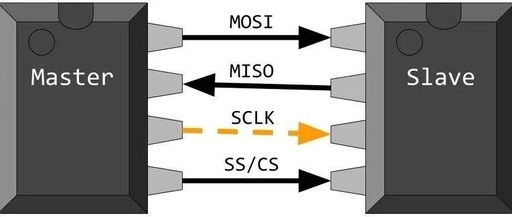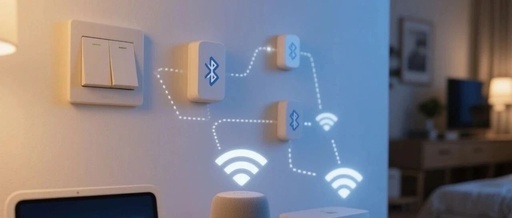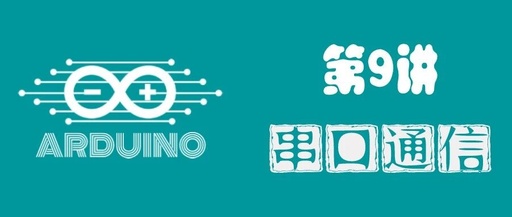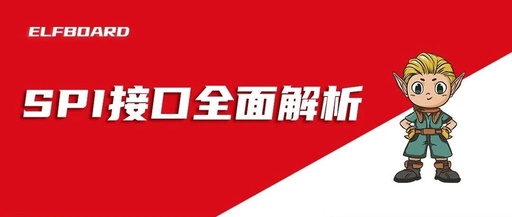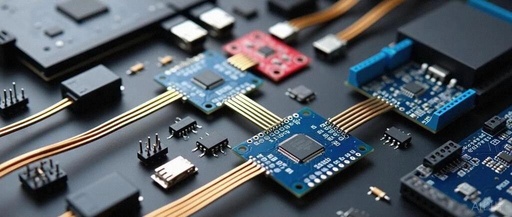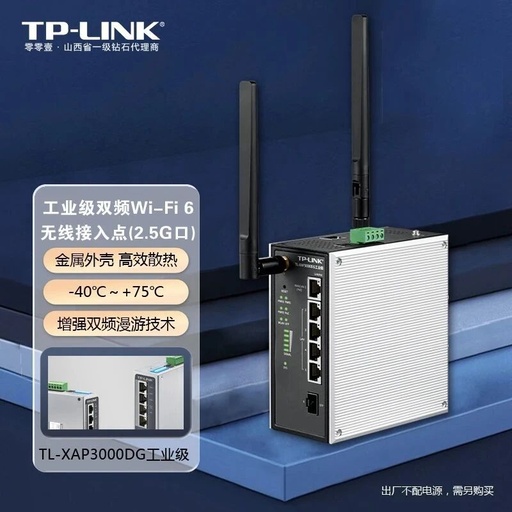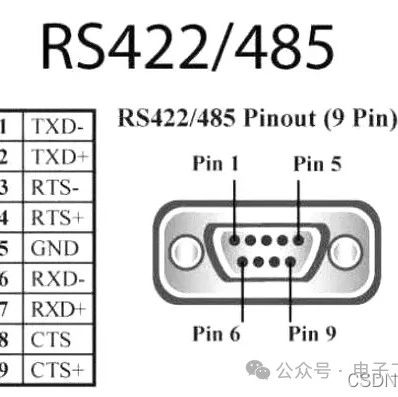Serial Peripheral Interface (SPI) Protocol: Principles, Architecture, and Applications
Author | Confused Zhen Produced by | Automotive Electronics and Software #01Introduction to Serial Peripheral Interface (SPI) Protocol SPI is a multi-master or master-slave, four-wire, full-duplex synchronous serial communication protocol, which means that data can be sent and received simultaneously.SPI was developed by Motorola as a protocol for synchronous serial communication, allowing full-duplex communication between … Read more
